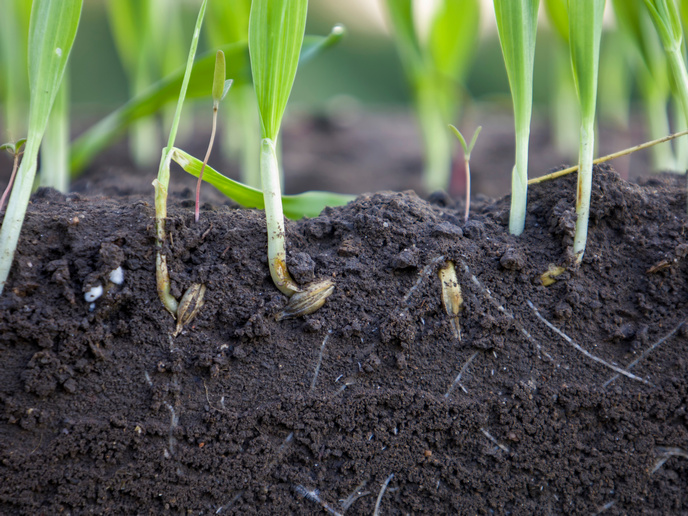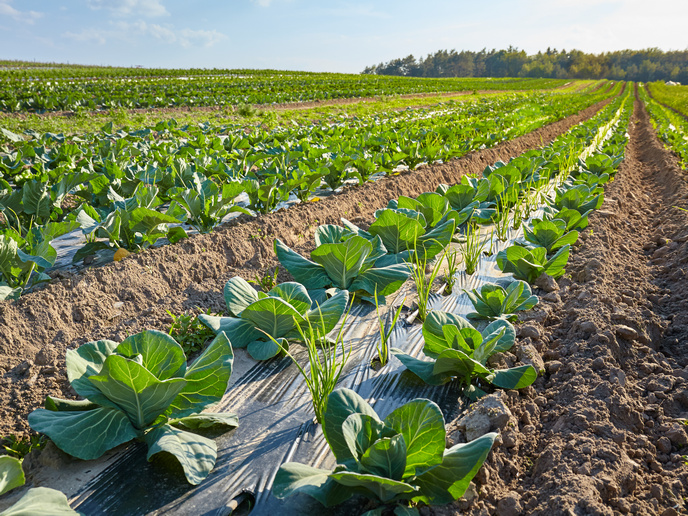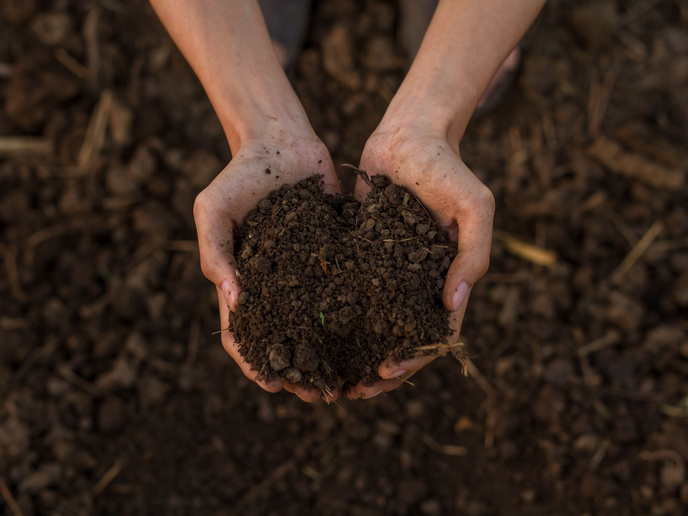Insights into root-soil activity could benefit crop production
As an essential soil nutrient, phosphorus is key to plant processes, including energy transfer and organ development, and even forms part of the backbone of the ladder-like structure of DNA. According to Frederik van der Bom(opens in new window) from the University of Copenhagen(opens in new window): “Without phosphorus, cells couldn’t divide, store energy or pass on genetic information, meaning no growth, no reproduction and ultimately no life on Earth.” Yet phosphorous is difficult for plants to access because of its high reactivity, binding tightly to soil particles and/or forming insoluble compounds. To compensate, farmers often rely on soluble fertilisers, but while improving yield this remains wasteful and environmentally damaging. To better understand the process of plant phosphorus uptake, the RootOutP project, coordinated by van der Bom, developed in situ visualisation and quantification methods.
Advances in imaging roots and chemistry mapping
The complex reactivity of phosphorus in soil means that it exists in many forms depending on factors such as: local soil properties and any incorporation in biomass. These variables complicate assessments about its availability to plants. “In practice we’re mostly limited to rough estimators that have not really changed much since the 50s or 60s,” adds van der Bom. Plant roots have adopted several strategies to improve phosphorus capture, including the ability to proliferate roots in high supply zones, and/or to manipulate their chemical environment rhizosphere(opens in new window). A key challenge to evaluating these strategies is soil’s opaqueness. As van der Bom puts it: ”We cannot view roots as we do plants above ground, we actually know surprisingly little about what happens below ground. We wanted to change that.” Hence, many studies are conducted in labs or glasshouses, using artificial media (such as sand, gels, hydroponics) or experimental set-ups for 2D observations. Usually samples are collected, the soil washed away and then root properties measured. But apart from being laborious and costly, some of the root system is invariably lost, along with much of the structure. In RootOutP, studies were conducted using a 3D X-ray CT scanning(opens in new window) procedure, complemented by the use of the Australian Synchrotron(opens in new window). The project imaged the root architecture of wheat plants and their response to contrasting phosphorus placements, in 3D and 4D (over time). The roots were then ‘segmented’, digitally separated from the soil. This is a challenging procedure, as soil features such as water-filled soil pores look like roots, which themselves can vary over their length. To achieve this, the team collaborated with partners to develop powerful deep learning approaches. Secondly, the project set out to map and quantify the chemistry around individual roots using, amongst other tools, the diffusive gradients in thin-films(opens in new window) (DGT) methodology. The team were able to see differences in citrate concentrations between selected genotypes, along with how this related to rhizosphere pH and phosphorus depletion. “We were reasonably successful in observing how contrasting root systems responded plastically in and around a phosphorus hotspot, relating that to phosphorus chemistry in this zone,” explains van der Bom.
Better targeted agricultural interventions
Exploiting RootOutP’s results could benefit plant breeding, agronomy and sustainability efforts. For example, the project’s knowledge could help plant breeders select the best nutrient uptake roots for future breeding programmes. In the meantime, van der Bom is seeking funding to further develop in situ investigations of root-soil interactions, introducing a new field for future research and applications. “But this is too complex for plant-soil scientists alone – we need to partner with computing experts,” concludes van der Bom. This research was undertaken with the support of the Marie Skłodowska-Curie Actions(opens in new window) programme.






